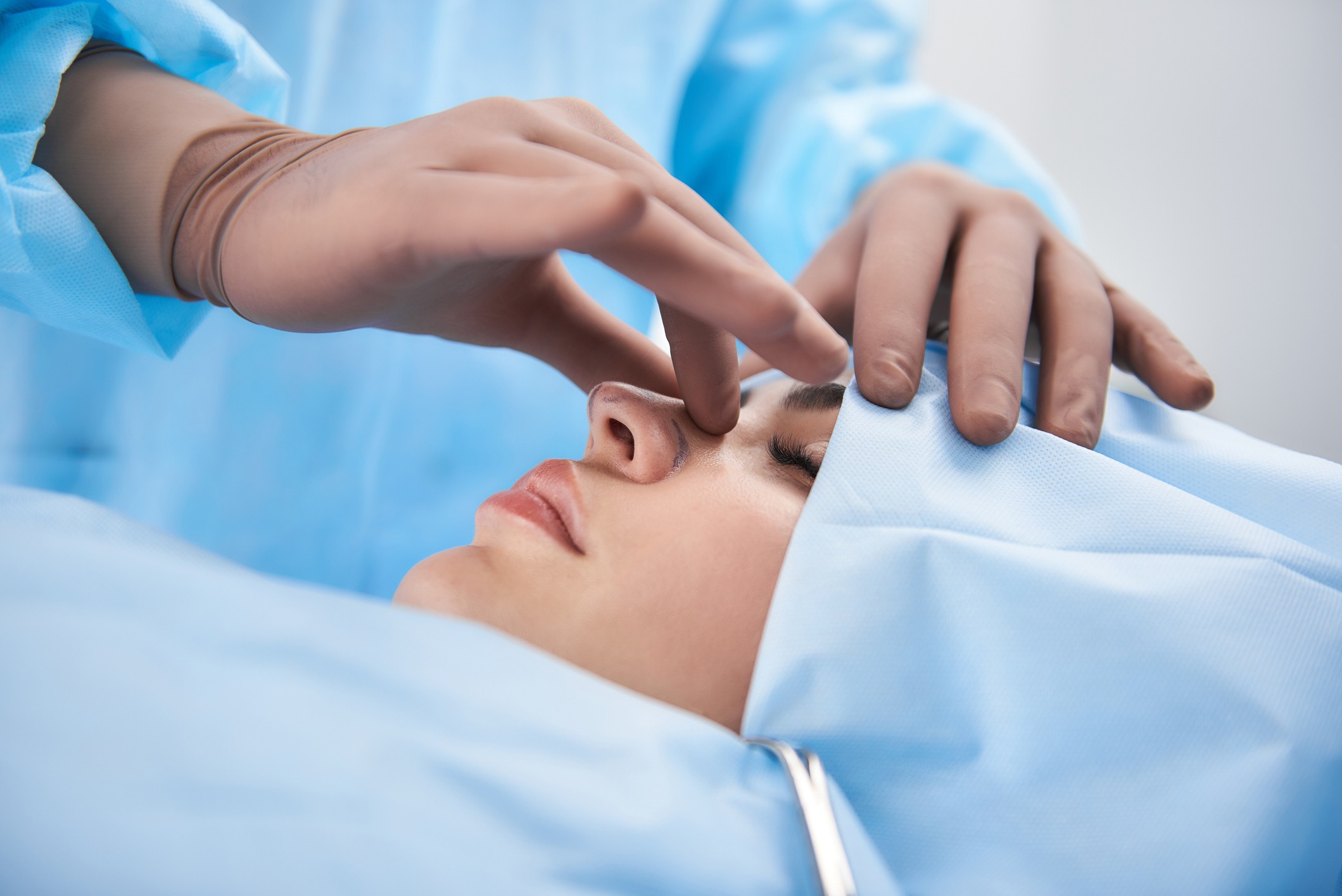Does my nose grow as I get older?” and “How will my nose age after rhinoplasty?” are two of the most common questions asked during my day.
To address the first question, the answer is simple: no. But, that answer belies another truth: the nose does appear to change with age and those changes may seem like the nose is getting bigger when, in fact, it isn’t. The majority of the physical external nose is a skin outer layer covering a cartilaginous and bony skeleton that determines the shape of the nose. Cartilage neither shrinks nor enlarges following adolescence. It is this cartilage that determines two-thirds of the overall shape of the nose.
Now, anyone in their 40s or older will tell you that gravity can play a significant role in one’s appearance. The same can be said for the nose. While the nasal cartilages, the upper and lower lateral cartilages, do not change the size, the fine fibrous bands that hold the cartilages in place can stretch allowing the cartilages to descend ever so mildly creating a lengthening of the nasal height.
The skin over the nose, while not increasing in surface area, can also thicken during the aging process. This thickening can result from chronic inflammation (rosacea), or other cutaneous medical issues.
Finally, it is important to understand that the perception of the nose relates to the proportional size and geometry of the nose relative to the rest of the face. As we age, significant bony volume loss in the mid-face leads to a change in the shape of our eyes, our cheeks and our upper lips. Overall volume loss leads to a smaller midface and a longer upper lip. These changes, while subtle, create a proportional difference between the nose and the rest of the facial features. So, while the nose has not changed size, it appears larger due to a relatively smaller face.
The second question is a little more nuanced.
A cosmetic rhinoplasty is used to create desired aesthetic changes to the nose surgically. Like in all surgeries, the soft tissue at the surgical site swells and becomes inflamed. This inflammation is mediated by the immune system which repairs damaged tissues.
Following a rhinoplasty, the nose is taped and splinted for approximately one week. This tape is then removed along with any small sutures between the nostrils. At this point the nose is visibly swollen. Now, this swelling will be noted by your family members, close friends or people with whom you work closely. However, this swelling will not be noticed by random strangers you pass throughout the day. This visible swelling is usually noted for 3-6 weeks following the surgery.
After this short period, the remaining swelling is palpable but not visible. Our noses are rather soft and pliable normally. However, following a rhinoplasty, the nose can feel stiff and numb for 6-12 months. The sensation usually returns in the first few months as a pins-and-needles, tingling sensation. The firmness and softness takes 9-12 months to fully resolve.
Classically, following the 12 months, the paradigm held that the appearance of the nose was a final product. What we have learned over the last few decades of closer examination of the results of rhinoplasties is that the nose can have subtle changes that can take place over 5, 10 or 20 years. The changes result from small contractions of the scar envelope under the skin that surrounds the cartilages of the nose. These subtle changes are not visible to the naked eye in the vast majority of cases. However, on occasion, a change can take place that necessitates a correction. These corrections can require small injections in the office and in rare situations, a revision rhinoplasty. Unfortunately, it is difficult to predict when this will be required, but, thankfully, these situations are rather rare.
To ensure the best outcome and avoid any need for revision it is very important to find a facial plastic surgeon who performs many functional and cosmetic rhinoplasties and has a wealth of experience in both the complex surgical techniques as well as the needed postoperative care. At Garlich Facial Plastics you will find that experience and expertise. Call today at 678-343-2190 and set up a consultation.

